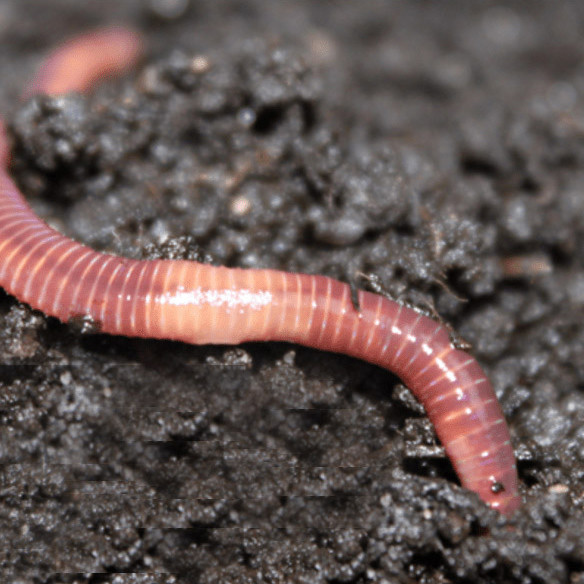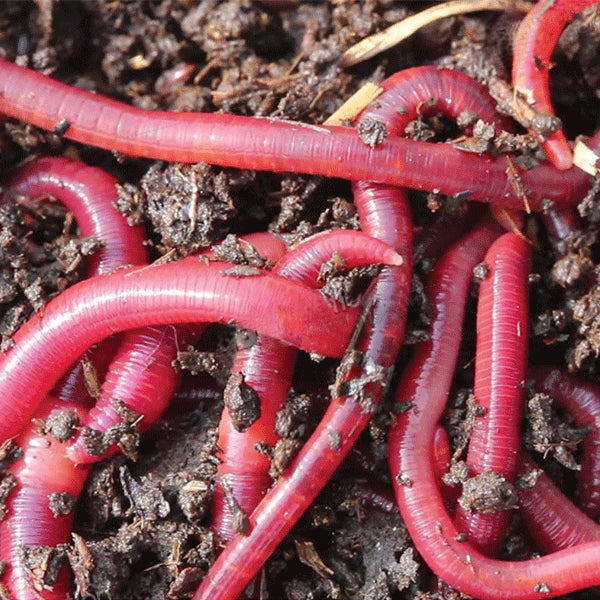Everything You Need to Understand About Red Wigglers for Composting
Red wigglers, or Eisenia fetida, play a critical function in the world of composting, transforming natural waste into useful dirt changes. The process of setting up a worm bin and preserving it can pose challenges.
What Are Red Wigglers?

(purchase red worms)
Indigenous to The United States and copyright, red wigglers are surface-dwelling organisms that favor moist, cozy habitats abundant in decomposing raw material. Their diet is composed mainly of decomposing plant material, food scraps, and various other natural particles, which they take in and damage down efficiently. As they digest this product, they create nutrient-rich spreadings that enhance dirt fertility.
Red wigglers are hermaphroditic, possessing both male and female reproductive organs, and can reproduce quickly under optimum problems. This capacity makes them an excellent option for composting systems, as their populace can boost swiftly. Their strength and flexibility to different environments even more solidify their importance in lasting waste administration techniques. Generally, red wigglers are important contributors to the procedure of reusing organic waste right into valuable compost.
Benefits of Making Use Of Red Wigglers
Using red wigglers in composting systems provides many advantages that enhance both the efficiency of waste administration and the quality of the resulting compost. These worms, clinically referred to as Eisenia fetida, are specifically efficient at breaking down natural matter, turning cooking area scraps and yard waste right into nutrient-rich garden compost at an increased rate.
Among the main benefits of making use of red wigglers is their capacity to take in huge amounts of organic material, commonly refining their weight in food waste daily. This high consumption price causes much faster decay and minimizes the quantity of waste sent out to landfills. The castings generated by red wigglers are abundant in vital nutrients, useful bacteria, and enzymes, making them an exceptional plant food for gardens and plants.
Additionally, red wigglers flourish in a variety of environments, making them versatile for both interior and outside composting systems - red wigglers. Their visibility in a garden compost container assists to aerate the material, avoiding smells and promoting a healthy composting process. In general, using red wigglers not just adds to reliable waste administration but additionally supports lasting horticulture methods through the manufacturing of high-quality garden compost
(red wigglers for sale cheap)
Establishing Your Worm Bin
To efficiently establish up a worm bin, it is vital to select a suitable container that fulfills the demands of red wigglers while offering a conducive setting for composting. An appropriate bin can be made from plastic, timber, or metal, with an ability of at the very least 1 square foot for each pound of worms.
Guarantee the container has sufficient drainage holes to avoid excess moisture, as red wigglers grow in a wet, however not waterlogged, setting. red wigglers. The bin must additionally be ventilated to offer adequate air flow, avoiding anaerobic conditions that can hurt the worms
An ideal place for the worm container is a cool, dark area, totally free from direct sunshine and severe temperatures, as red wigglers prefer a temperature series of 55 to 77 degrees Fahrenheit.
Prior to introducing the worms, prepare bed linen products such as shredded paper, cardboard, or coconut coir, which will give both environment and food. Moisten the bed linens lightly to develop an inviting environment for the worms. Lastly, consider putting a lid on the container to preserve moisture and minimize bugs, while guaranteeing it can be conveniently gotten rid of for maintenance.
Feeding and Care Standards
Feeding red wigglers is a vital facet of maintaining a healthy composting system. These worms thrive on a varied diet plan, largely made up of natural materials such as fruit and veggie scraps, coffee premises, and smashed eggshells. It is important to avoid feeding them meat, dairy, and oily foods, as these can create undesirable odors and attract parasites.
When presenting food to your worm container, chop or shred materials right into smaller sized pieces to promote quicker disintegration. Begin with percentages to determine the worms' consumption price, progressively boosting the amount as they adjust. It is a good idea to alternating feeding areas within the container to motivate extensive mixing and oygenation of the compost.

Troubleshooting Common Issues
Preserving a prospering worm composting system can sometimes provide difficulties that need focus and troubleshooting. Usual issues consist of an undesirable odor, which commonly indicates overfeeding or the presence of anaerobic problems. To fix this, lower the amount of food added and guarantee correct oygenation by blending the bedding product.
One more regular problem is the escape of worms from the bin. This can happen because of excessive dampness or inappropriate ecological problems. Regularly inspect the moisture levels, going for a wet yet not soaked consistency, and maintain optimum temperature levels between 60-80 ° F(15-27 ° C )to produce a comfortable habitat for your red wigglers.
Bugs, such as fruit flies, can also invade worm bins. red wigglers. To combat this, cover food scraps with a layer of bed linens or shredded paper to deter flies from laying eggs. Additionally, guarantee that any kind red wiggler worms for sale of food included is fresh and devoid of mold, which can attract unwanted bugs
Last but not least, if your worms seem inactive, look for anxiety elements such as temperature changes or insufficient wetness. Attending to these usual concerns will aid maintain a healthy and effective worm composting system.
Final Thought
In summary, red wigglers, or Eisenia fetida, play an essential duty in sustainable waste management through vermicomposting. Their ability to efficiently transform natural waste right into nutrient-dense spreadings enhances soil health and wellness and promotes plant development. Appropriate configuration and maintenance of a worm bin, together with adherence to feeding standards, guarantee a flourishing ecological community that minimizes landfill payments. Addressing common issues immediately additionally supports the efficiency of this environmental practice, adding to environmental sustainability and agricultural performance.